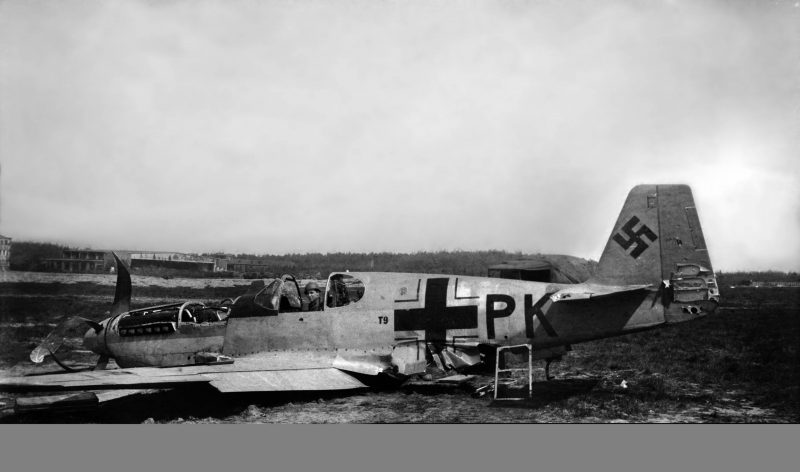Biagio Castiglione was a Combat Engineer at the Corps level and mostly drove trucks. A regular GI, he always had a camera with him and would take photos of anything that caught his eye.
He had trouble finding a film in the combat zones so he’d try to find some in liberated Paris when he drove to get supplies or was a driver for an officer. Some he got developed by the Army, probably at a medical or intel unit but most rolls were just mailed home to be developed when he got back.
The Photos
These pictures have never before been seen, they’ve been in photo albums for 70 years, War History Online is proud to publish them for the first time!
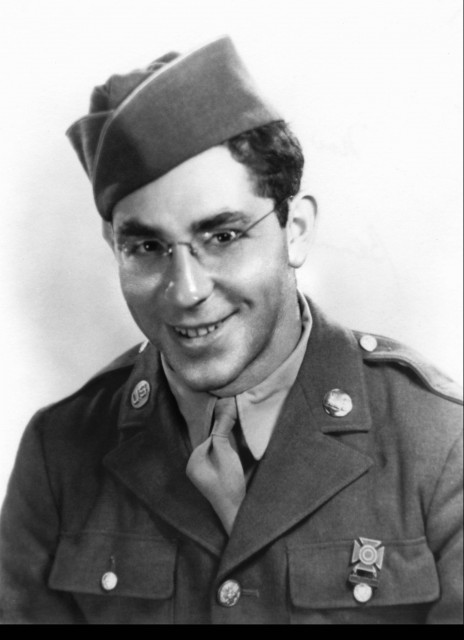
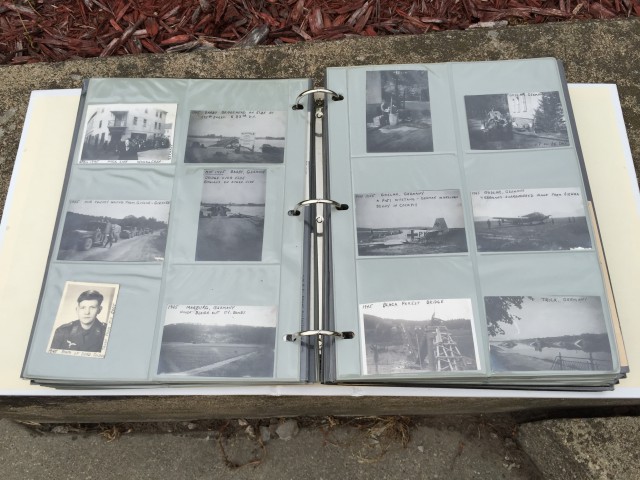
Basic Training
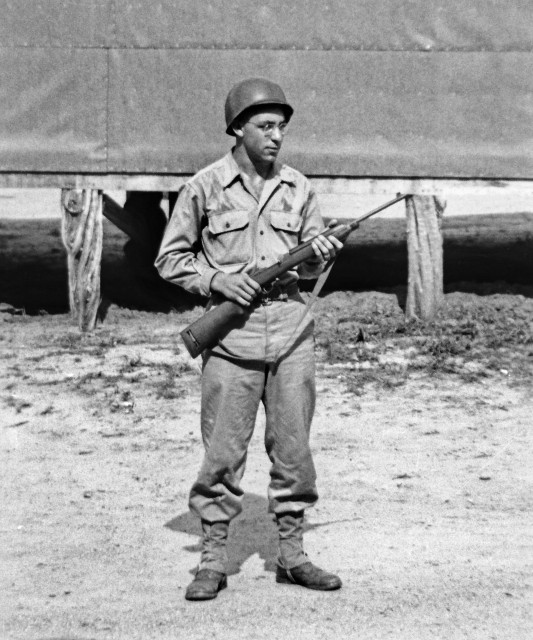
The push toward the Second World War began when the Great Depression shook the world’s economy in October 1929. Already reeling from severe austerity measures, Germany went over the edge. Poverty increased dramatically and the country’s already fragile financial system was brutalized even further. Resentment quickly flourished among the general public towards the nations that had seemingly put them in this dire situation.
This paved the way for the rise of the Nazi party, under Adolph Hitler. He was swept to power on a tide of nationalism and resentment, and quickly set about rearming the country, despite the fact that this directly violated the terms of Germany’s surrender in 1918.
In the east, the Russian Empire’s revolution in 1917 resulted in a Communist state. Italy became Fascist, while Japan’s military government began plans to expand their empire beyond China. Germany forged new alliances, and these formed the basis for the Axis Powers, the union that would eventually come to be opposed by the Allies.
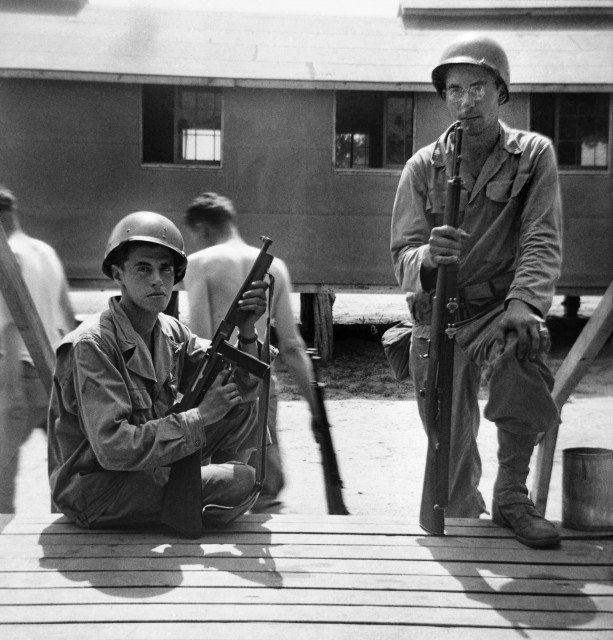
England and France
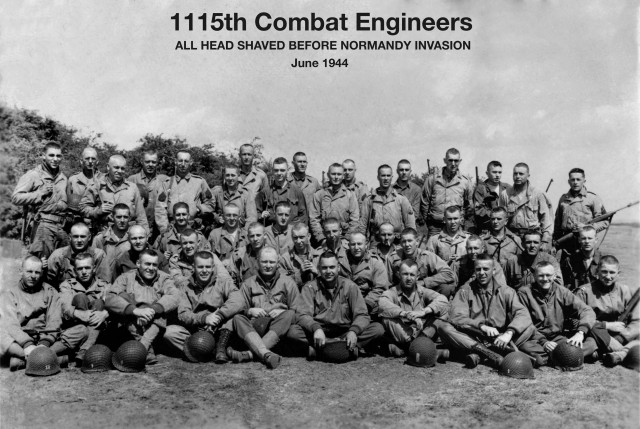
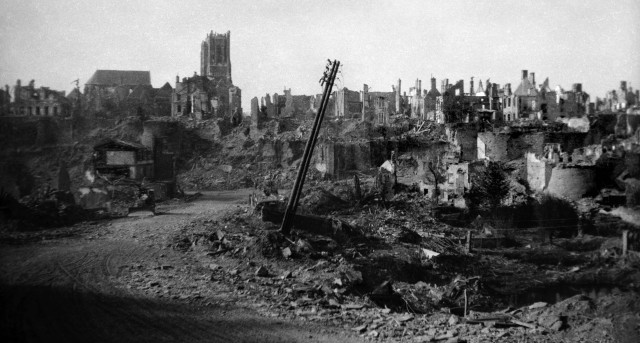
Germany moved even closer to the Second World War – the most deadly conflict in human history – when Hitler annexed Austria in March 1938, to reunite the German people separated by the terms of the Treaty of Versailles. This was only the beginning of Hitler’s ambitions, however.
His forces did the same with Sudetenland (the German-speaking region of Czechoslovakia) in October of the same year. Remembering the horrors of the First World War, Britain and France did nothing.
Eventually, of course, they were forced to declare war when Germany invaded Poland, on the 1st of September, 1939. Germany then marched on Denmark and Norway, followed soon afterward by the invasion of Belgium and France. This pattern of seemingly unstoppable German expansion would continue for much of the war. The Soviet Union had a pact with Germany, but even that was eventually scrapped as Hitler launched Operation Barbarossa in 1941, marking the start of his invasion of Russia.
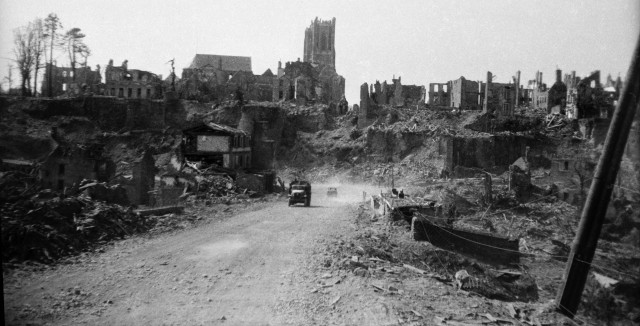
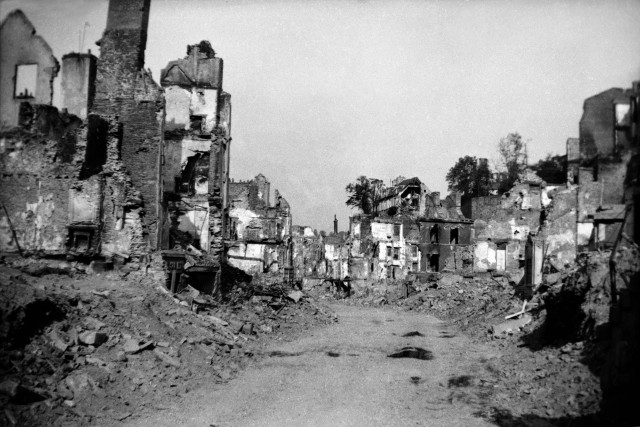
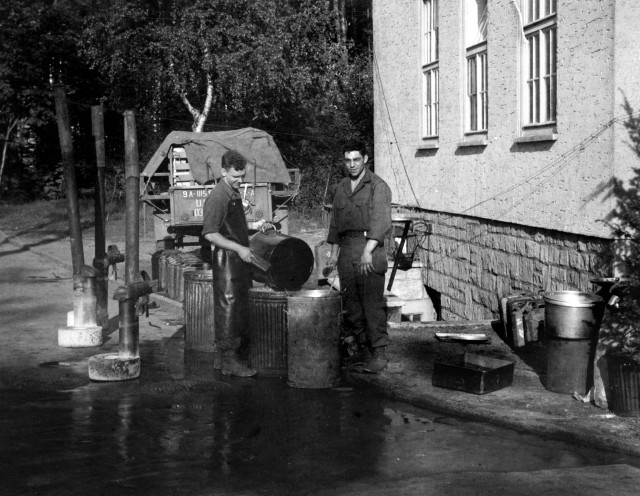
Events turned in the winter of 1941 when the German advance into Russian territory was halted.
The United States had managed to distance themselves from any direct involvement in the war, but that all changed when the Japanese bombed Pearl Harbor on the 7th of December, 1941. Believing they had neutralized America’s Pacific Fleet, the Japanese then attacked the Philippines (which belonged to the United States at the time) and Hong Kong (a colony of Britain). Other nations in the Pacific were next. The United States declared war on Japan, forcing Germany to declare war on America. In so doing, Italy became an enemy of America.
The next stage of the war took place in North Africa, which was already split between various European powers. War arrived there in 1942 as the Allies and Axis forces tried to control supplies of oil necessary for the war effort and vital industries. For the Allies, control of the region gave them a much-needed stepping stone into Italy, which surrendered in October 1943.
Germany
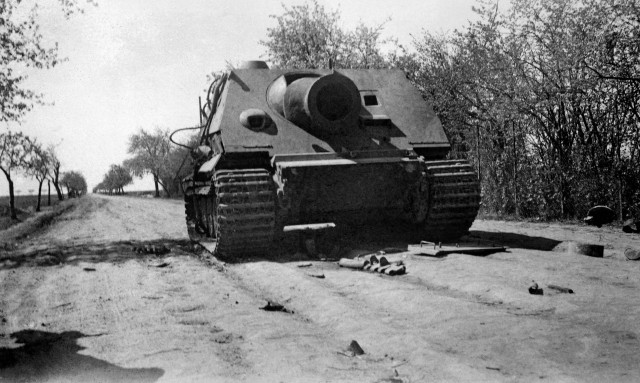
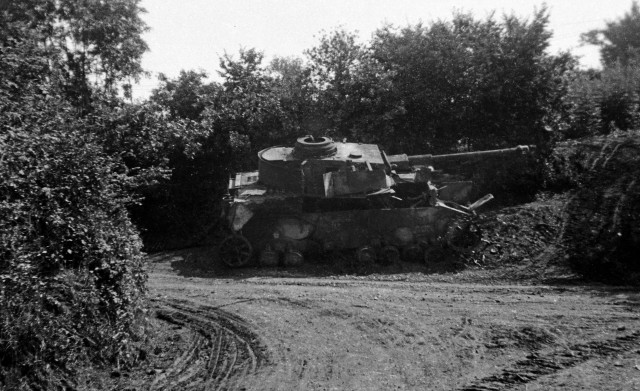
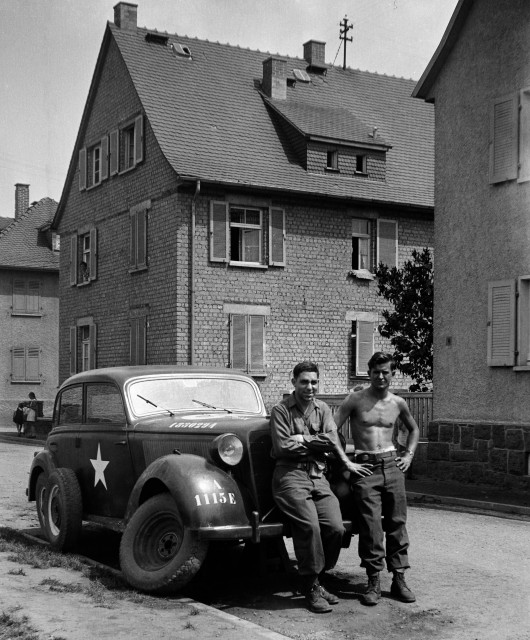
In June 1944, the Allies landed on the French beaches of Normandy – giving them a foothold in Western Europe. Russia, by then an Allied country, began moving its armies east – part of a three-pronged effort to enter the German heartland. The Russians reached the German capital in Berlin first – ending the war in Europe on the 8th of May, 1945. Not so in Asia, due to a still-defiant Empire of Japan.
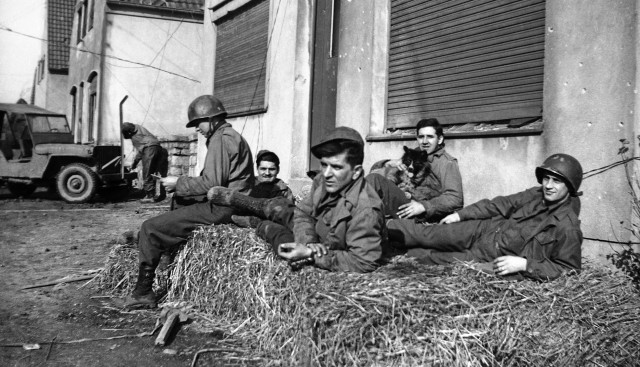
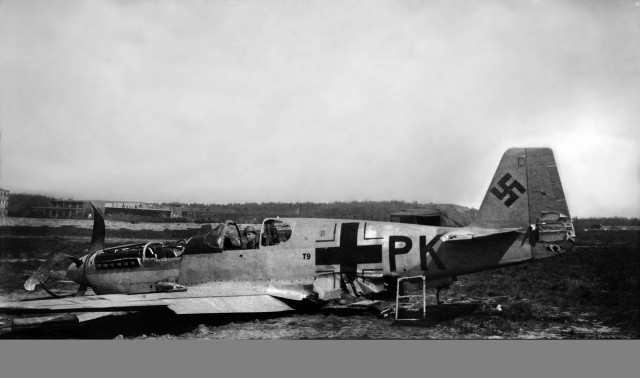
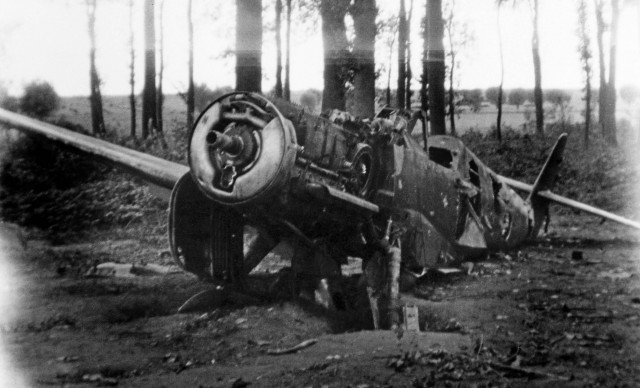
Not wishing to prolong the war further and avoid wasting more American lives, the United States decided to use the atom bomb against Japan. On the 6th of August, 1945, Hiroshima became the first ever target of a nuclear weapon, while Russian forces invaded Japanese overseas territories.
Yet still Japan remained defiant. Three days later, another atomic bomb was dropped on the city of Nagasaki, and it was clear that the war could not go on. Japan surrendered on the 15th of August and formally signed a peace treaty on the 2nd of September, 1945 – thus ending the Second World War and redrawing the map of Europe and parts of Asia.
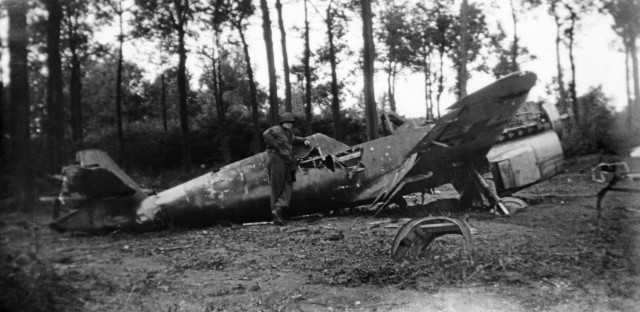
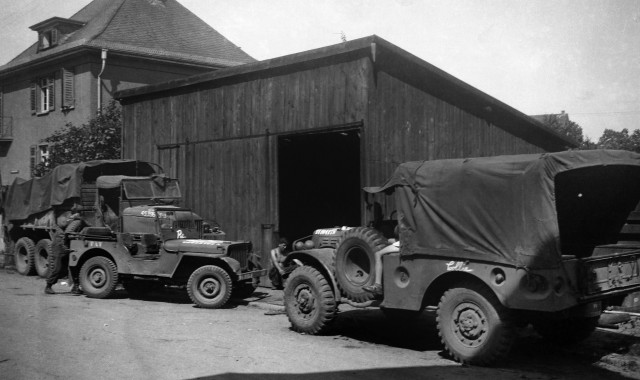
The next three photos were taken in Ulm, Germany. The huge cathedral there was amazingly undamaged and you could climb upstairs to the top. My dad was in full tourist mode and took scenes of the rubble below.
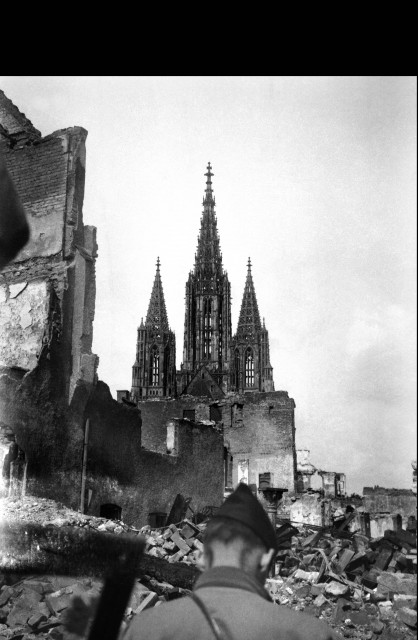
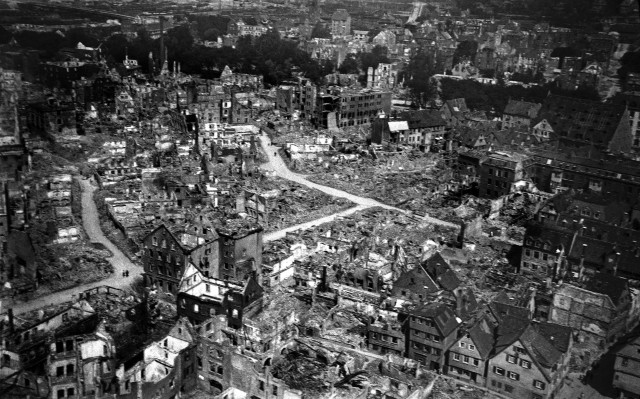
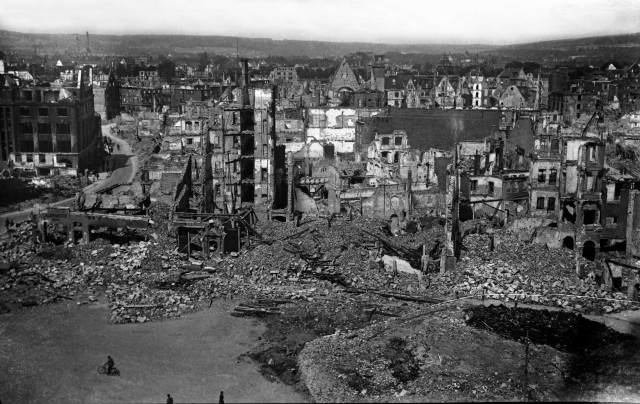
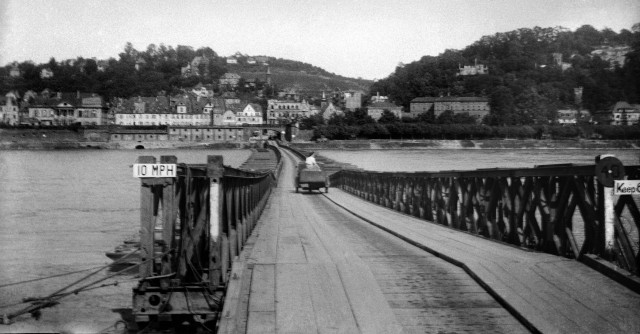
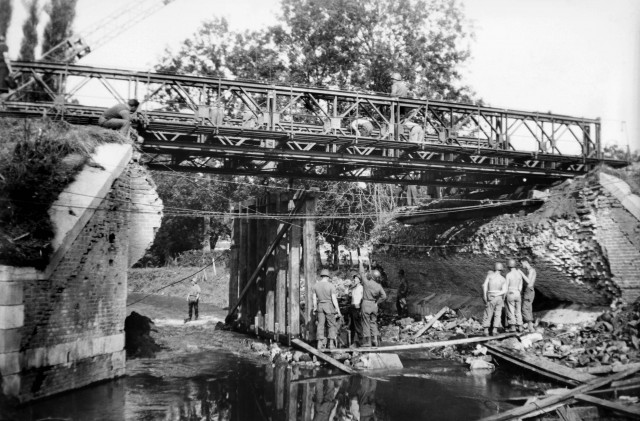
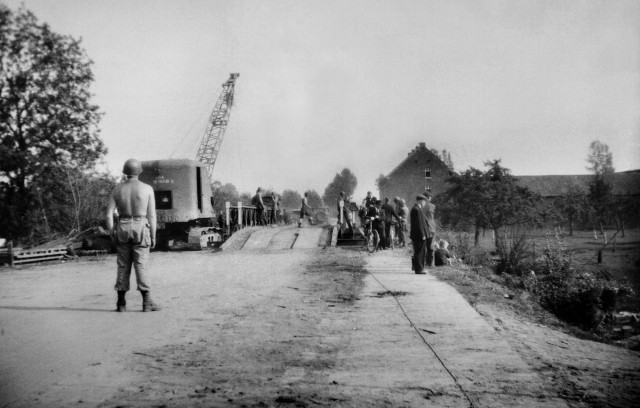
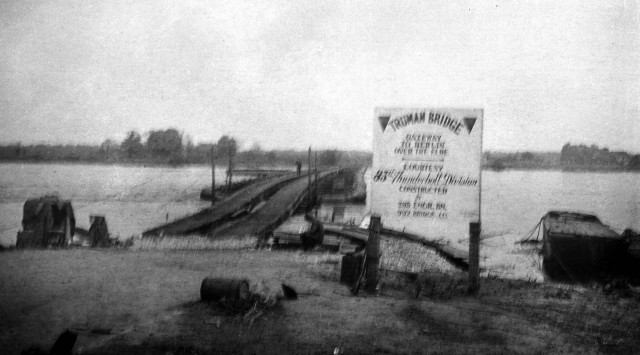
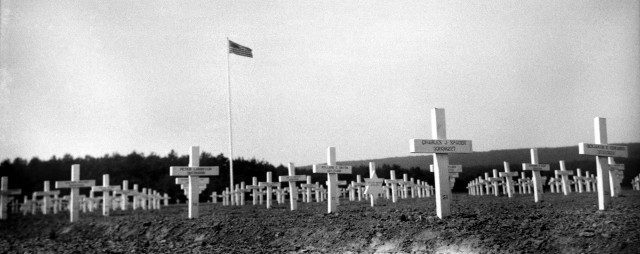
Going Home
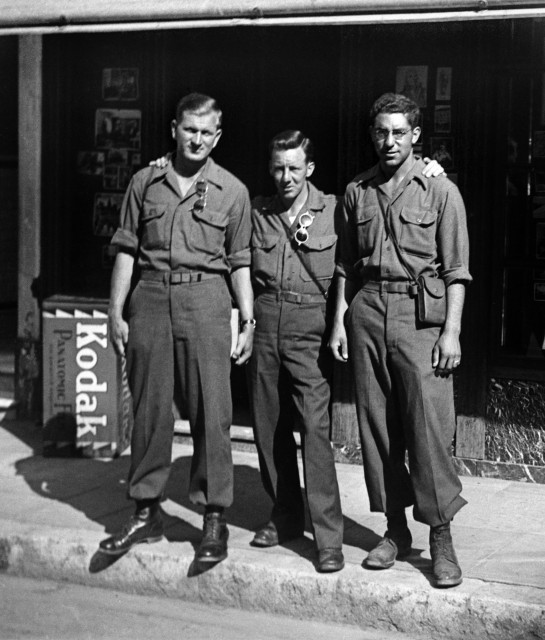
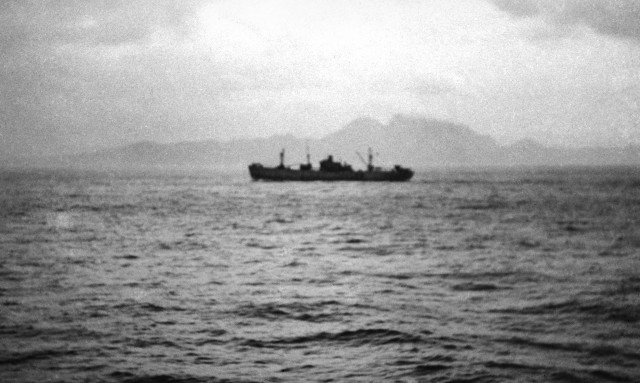
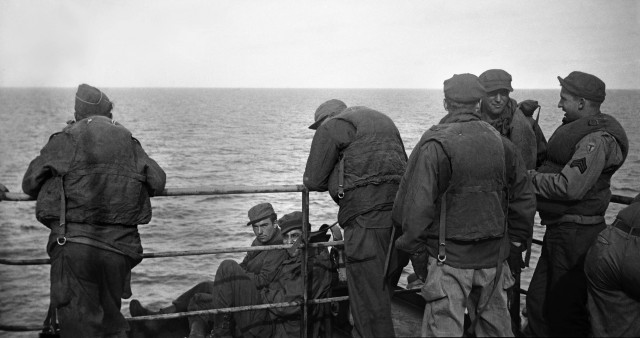
All pictures reproduced with permission
